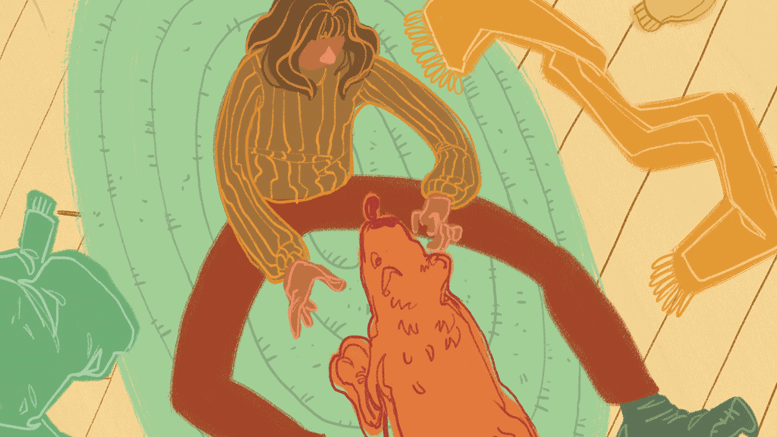Dogs can incur the wrath of their owners from time to time – they can do stupid things. But they are also likely to be the recipient of more affection than any other being in their owner’s life. People tend to love their canine friends unconditionally.
It turns out that your pup is able to tell when you are happy or angry, and it does so by using high level emotional processing that has only ever been previously observed in humans.
A recent study conducted by the University of Lincoln in the United Kingdom, the University of São Paulo in Brazil, and the Federal University of São Paulo also in Brazil, published in the Royal Society journal Biology Letters concludes that dogs have the distinct ability to determine both dog and human emotions by integrating information based on facial and vocal changes.
Previous studies have shown that dogs can tell the difference between various human facial expressions and emotional sounds; until now, however, a study has not determined if these abilities are a result of simple association or abstract processing of emotional information.
Integrating information given off by facial expression and vocalizations allows for a faster, more accurate, and more reliable analysis of emotion. This mode of processing information is based on categorization (recognition) rather than differentiation (association).
“That is an angry face,” determines the dog brain. “And that is an angry sound. Jeremiah must be pissed off.”
This contrasts with determining emotion through association. “When Jeremiah makes this face, I get sent to the kennel. I don’t like the kennel, so this face is bad.”
Ever since dogs were domesticated some 20 thousand years ago, the two most important animals they’ve interacted with are fellow dogs and us humans. Understanding our emotions would have been extremely beneficial in our time spent together since then – we may have even preferred dogs that were adept at this ability.
The researchers took 17 family dogs and simultaneously presented them with a pair of images of a face – either human or a dog – with different expressions, for example a happy and playful individual or an angry and aggressive one.
A single vocalization was paired with each pair of faces which was either positive, negative, or neutral in emotion – dog barks were paired with dog faces, and human voices were paired with human faces.
To ensure that the dogs reacted naturally, they were never exposed to the test prior to experimental trials. Moreover, the researchers used pictures of unfamiliar individuals and used audio clips of people speaking an unfamiliar language. For these experiments Portuguese was selected.
The emotional stimuli were presented to the dogs for a total of five seconds. Any trial where the dogs were paying attention to the images for at least half of that time was included in the study.
In total, the researchers analyzed almost 200 presentation trials. The dogs looked significantly longer at the faces that matched the emotion of vocalization two-thirds of the time. When the neutral vocalization was used, the subjects did not look at either picture with preference.
The researchers also found that this ability to match image to sound was not effected by the gender or species of the presented individual, or the type of emotion that was used. However, the dogs responded more strongly to dog stimuli in general – that makes sense, as dogs like looking at other dogs.
So the next time you act happy towards your dog, know that they understand how you are feeling. It probably makes them happy too.


